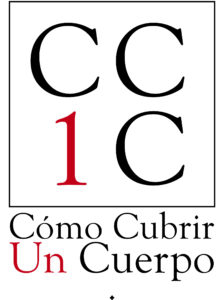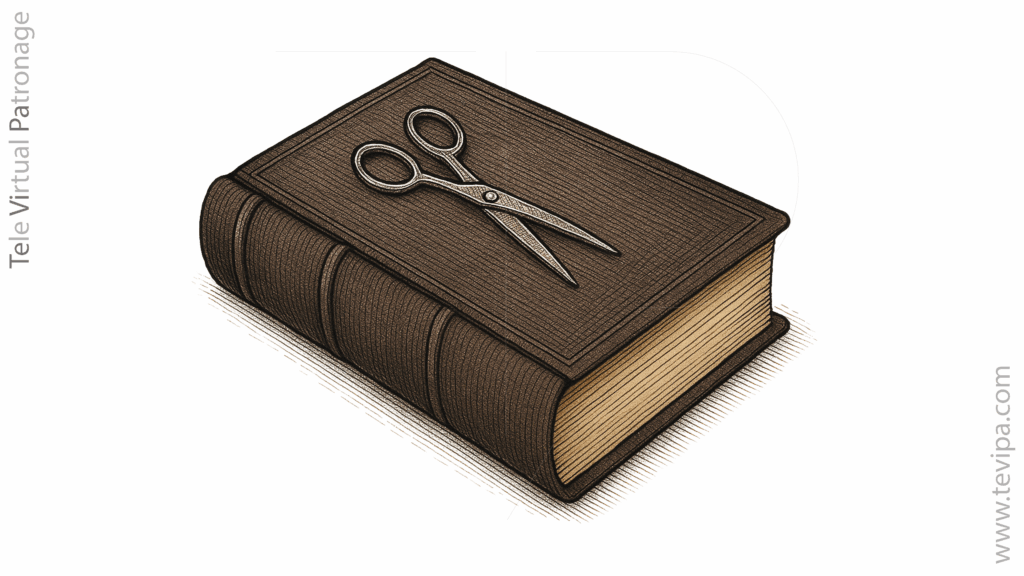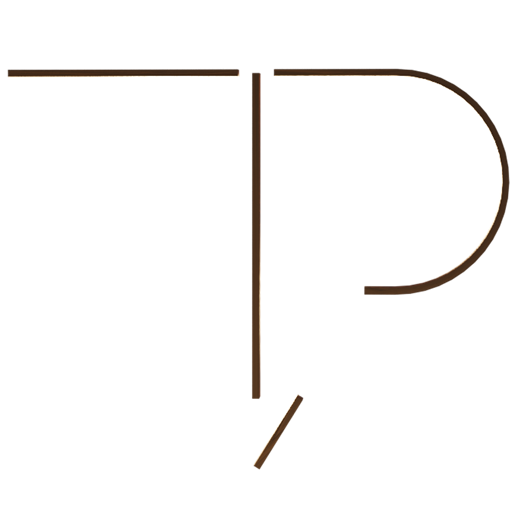Originally published on May 10, 2013

Cutting Methods:
The Great Deception

Everyone who visits this blog has heard of — and probably studied — one or more cutting methods. Each claims to be the one and only true way.
A quick search online reveals schools that base their value on using a specific method, born in a certain place, used somewhere else. The funny thing? They all tell the same story.
If we dive deeper into these systems, we see they all describe the same reality, only dressed up with unnecessary gadgets to make them seem unique.
We all have the basic geometry knowledge needed to draft any pattern. What we often lack is the link between fashion, patternmaking, and geometry.
Once we understand body measurements and basic geometry, we’ll have everything we need to draft patterns — but in a different way: fully aware of each line and proportion, and why we draw them.
Pattern grading becomes a natural consequence, and adjusting a pattern is simply modifying lines or dimensions. This approach lets us create models directly — no base pattern, no intermediate steps — just the design we have in mind.
To draft without relying on a “method”, we must carefully study the human body and its proportions. That’s why the posts on measurements include nude figures: we need to imagine the naked body at all times and understand its morphology.
Our reference body will always be the male form, as it lacks the variable of the female chest — which can be flat, average, or prominent — making it harder to grasp pattern structure at first.
So, this blog starts with patterns for men, boys, or girls (the same principles apply), and only later introduces female adaptations.
Some posts might seem “unusual” — like the one on skirts for men. But just as Bach proved with The Well-Tempered Clavier that music could be written in every key, we want to prove that one patternmaking method can suit all body types: male and female alike. It may seem difficult or confusing at first, but stick with it — you’ll soon appreciate the creative freedom this approach gives you.
